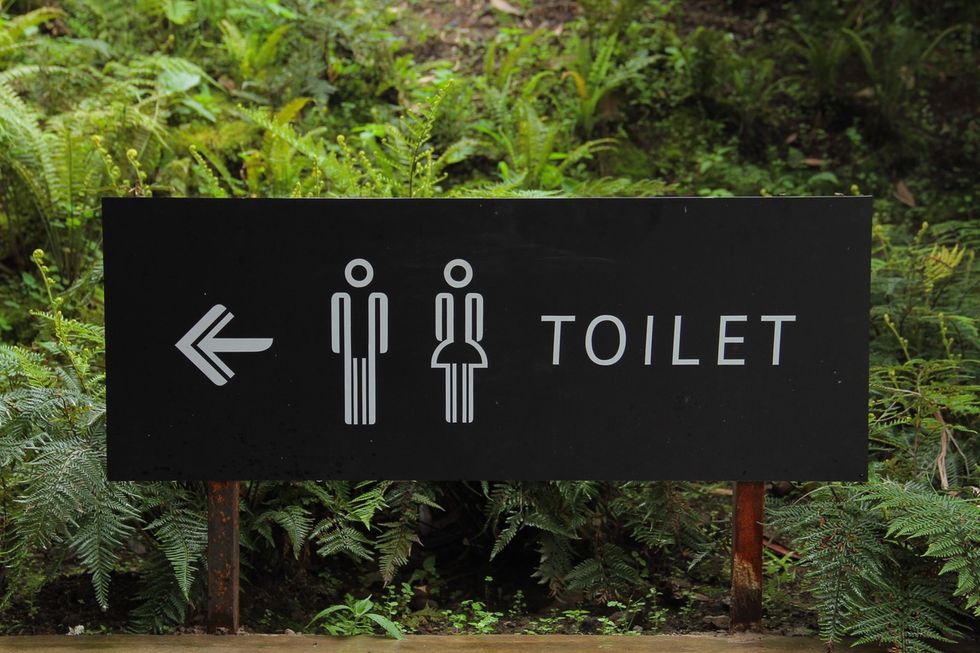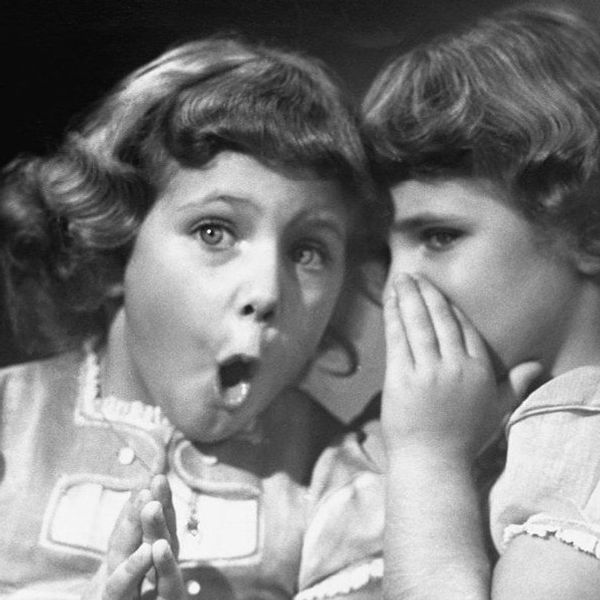Gender: Everyone has a pretty strong opinion on it. Millenials are pushing the societal norms that have been in place for years and continually are working to build a more accepting culture. Some people say that there are new gender identities being created every day (and hey, they're probably right) but that they're invalid; A person can only identify as male or female. Other says there is a spectrum of numerous different genders one can identify with, sometimes leading to people not identifying with a gender at all. I'm here to help give a solid basis for what, in reality, is true:
There are only two sexes: male and female.
You heard me right. Two. A solid, whole, real number. Here's where a common mistake comes into the picture though. The previous statement used the word sex, not gender. Sex is the physical description used to identify humans (and some other living things), determined by the physical reproductive organs one's body holds. There are less common instances in which bodies host more than one type of reproductive organ, in which this gets a little messier, but doctors help determine the best identification in these scenarios.
Now, the more complex part: Gender. Gender is the social, cultural, and mental identification of a human being. The engineer in me is going to describe this concept using math. Gender is not so much of a solid, whole, real number. Start with genders one (female) and two (male). Now, between any two numbers (one and two here) there exists an infinity. For example: 1.1, 1.001, 1.00000000000001, 1.0000000923, and so on. This infinity is where gender and the vast array of gender identities come into play. One may identify just as 1, strictly as female. Someone else may also identify as 1.5, maybe along the lines of androgynous or gender fluid. The vast different identifications and titles come from the idea that people identify as every one of those infinite numbers.
A good way to realize the difference can stem from a mother's prenatal visits alone. Notice how doctors don't ask if parents want to know a baby's gender before birth; They ask if they want to know the sex of the baby. The two qualities are different characteristics of human beings and need to be treated as such. As our culture pushes for more acceptance, more individuals are becoming more comfortable identifying as their true gender publicly. Thus, more identifiers are becoming commonly used to describe gender outside of just male and female.
There may only be two sexes, but there are an infinite number of (completely valid) gender identifications. Our different identities make us unique and embracing diversity lays the basis for a successful and thriving society. Understanding this concept of sex and gender is a stepping stone to a more accepting world where individuals can express themselves as they choose.






















